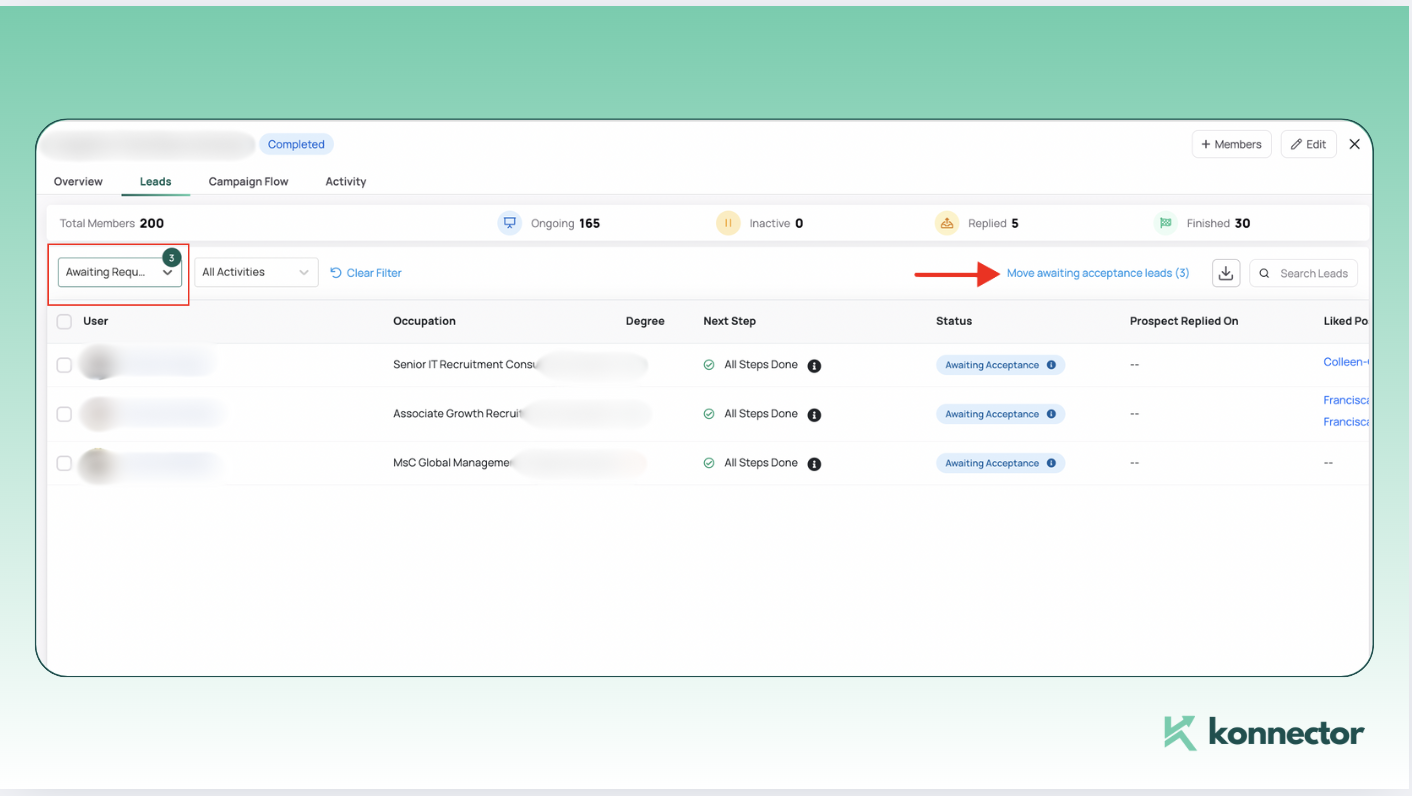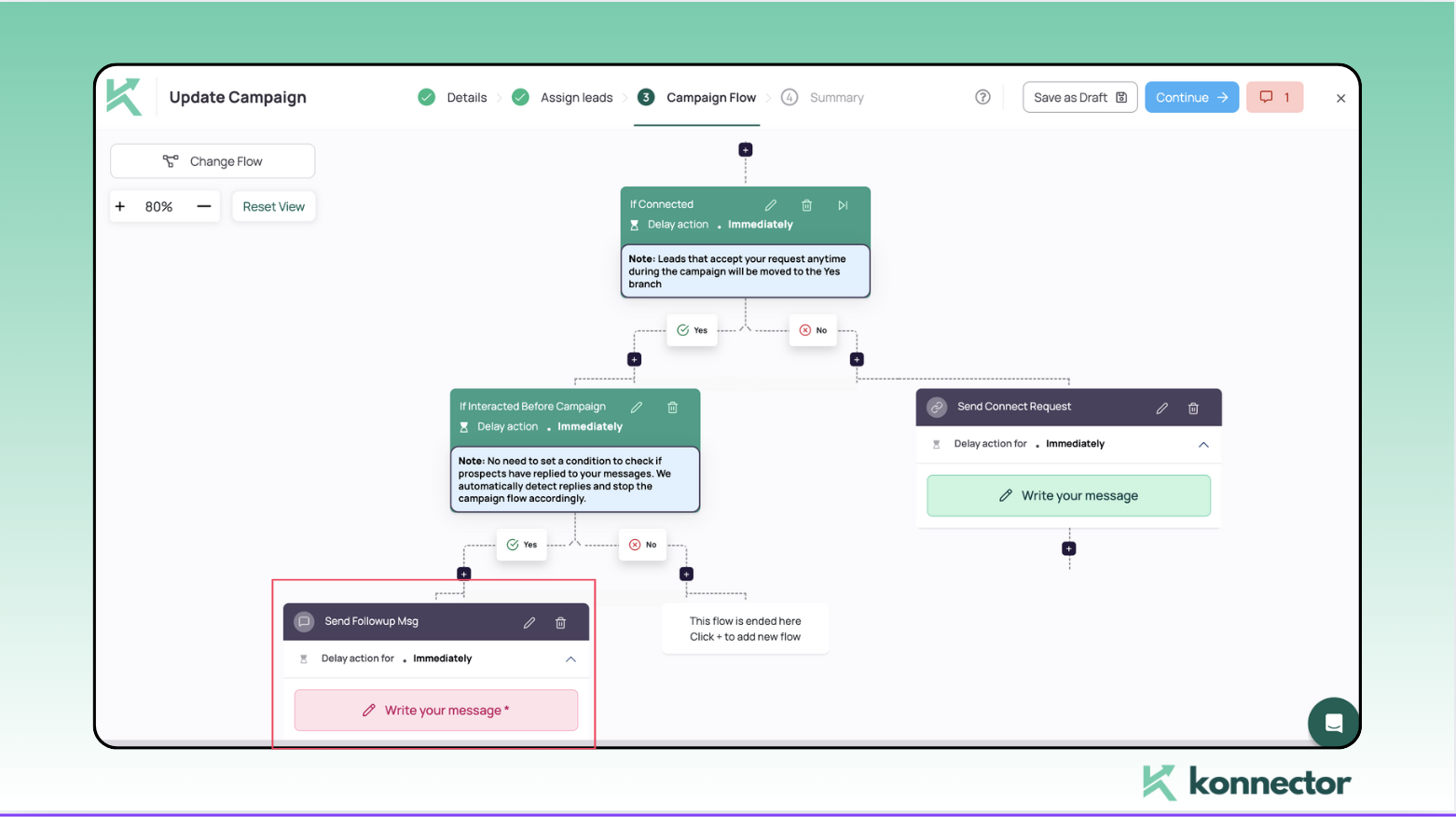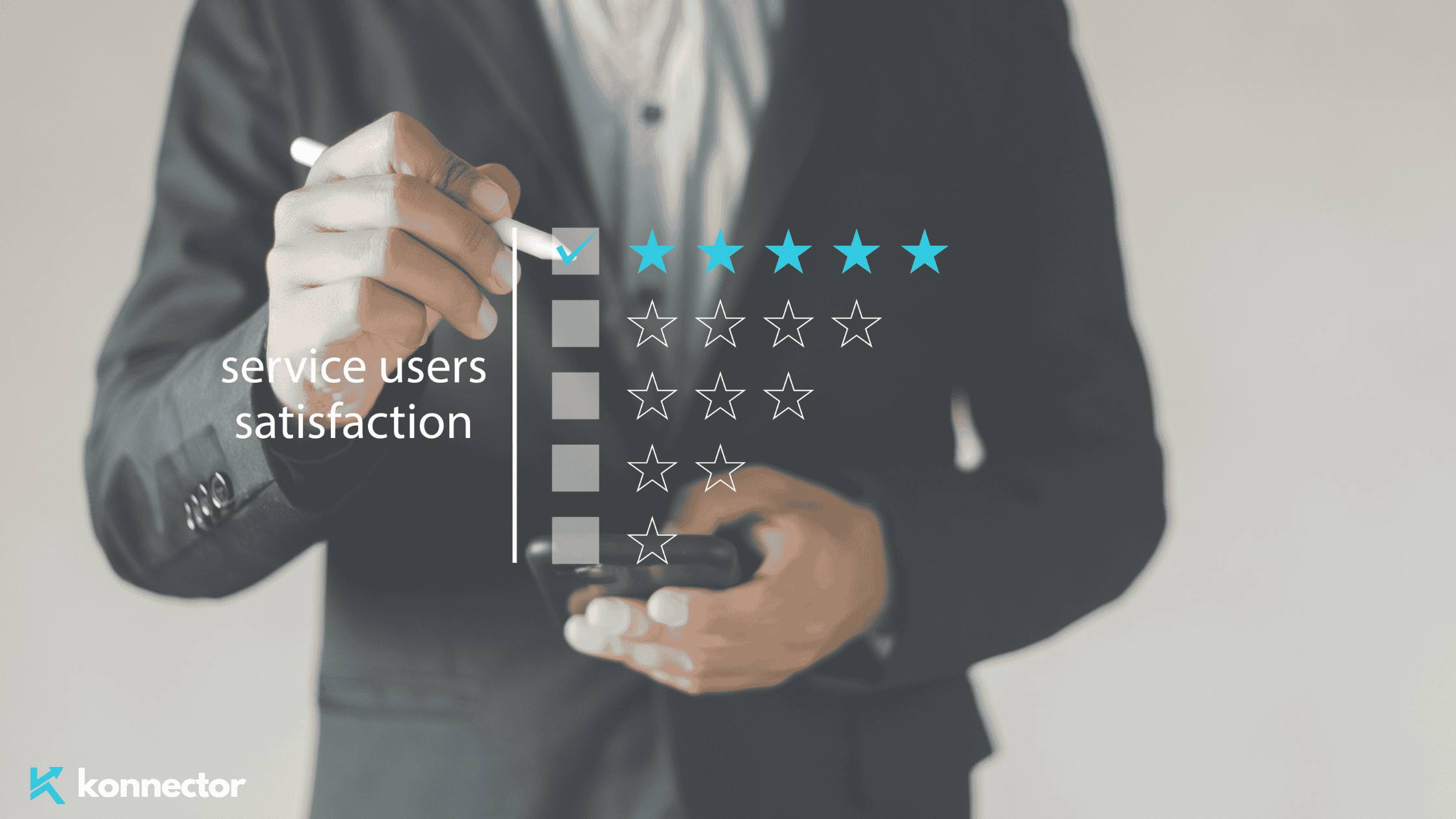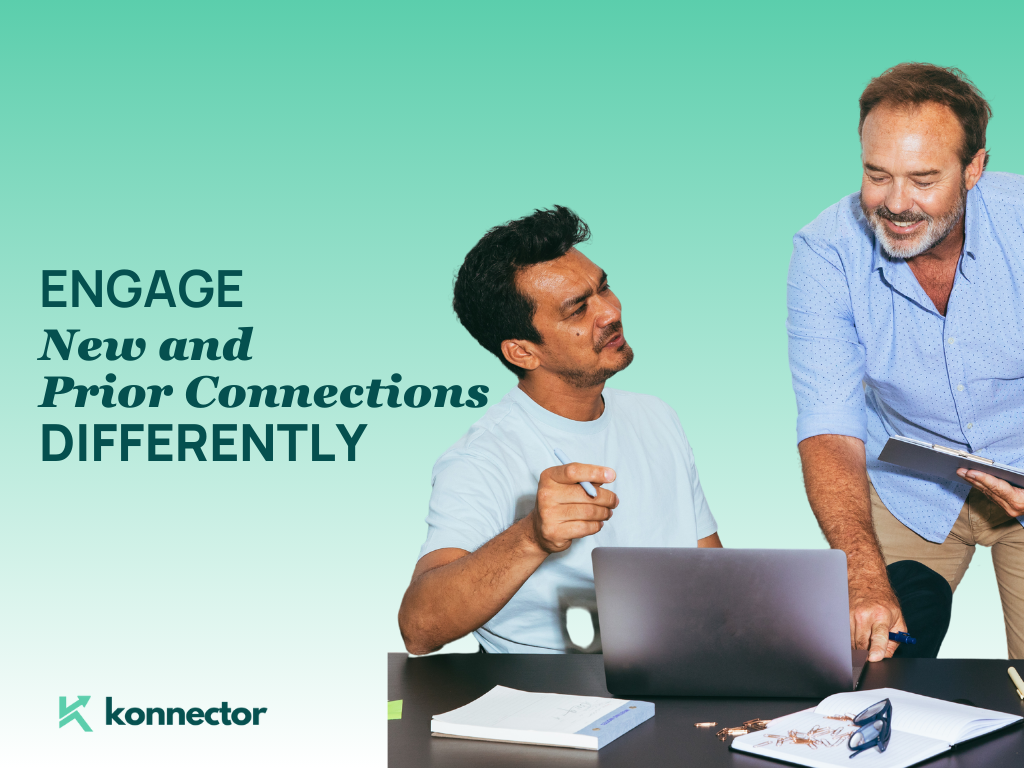We’ve all been there. You put effort into attracting a customer, they seem interested, and then… silence. It’s frustrating, right?
But here’s the silver lining: re-engaging lost customers is often far more cost-effective than chasing new leads. In fact, once you’ve established some connection, you’re not starting from scratch—rebuilding that relationship can be the key to turning a “maybe” into a “yes” again.
So, how do we bring them back? Let’s dive into the process of re-engagement and unlock the potential sitting right under your nose.
Identifying Disinterested/ Lost Customers
Before we can win them back, we need to identify who qualifies as a “lost customer.” Simply put, they’re the ones who were once engaged but have since gone quiet. Maybe they stopped replying to emails, haven’t logged into your platform in months, or canceled their subscription without a word.
To find them, look at a behavior: Who hasn’t responded in X days? Who hasn’t made a purchase in Y months? These patterns are your starting point for reigniting the conversation. We are not suggesting a manual style to analyse the lead generation.
If you’ve launched an automated campaign with Konnector, you can easily track their engagement through our built-in analytics. Apply different filters, like the one shown below (pending acceptance requests), and identify leads who haven’t accepted your connection or responded. Here’s an insight:

This will give you a clear list of leads who have gone cold. You can then export them into a new lead list (as shown with the arrow) and launch a targeted campaign to engage those who still haven’t responded. This way, you can better identify your lost or disengaged customers and reach out to them with a tailored approach.
Understanding Reasons for Disengagement
Okay, now that we’ve identified them, the real question is: Why did they drift away? There’s usually a reason, and it’s crucial to understand what caused the disengagement. Was it a missing feature? A price issue? A change in their priorities?
Let’s say you’re a SaaS company. One of the most common reasons for your customers not engaging enough could be a shift in their software needs. Maybe they’ve adopted a new tool that integrates better with their existing systems, or perhaps they’ve outgrown your current features and need more robust solutions.
It could even be something as simple as pricing—maybe a competitor offered a lower-cost plan with similar or enhanced functionalities, or perhaps your customer found a more flexible subscription model that aligns better with their budget.

Understanding these reasons is crucial. If you know, for example, that lead times are a pain point, you can emphasize recent improvements in your production speed. Or if pricing is the issue, you might look into offering flexible payment terms or bulk discounts that can make you more competitive.
By putting yourself in their shoes, you can address those needs head-on. And trust me, the more you understand their pain points, the better equipped you’ll be to bring them back into the fold.
Crafting Targeted Messaging
This is where the magic happens—crafting messages that feel personal and relevant. You can’t just send a generic “Hey, we miss you!” and expect results. Instead, speak directly to their concerns.
For instance, if a customer left because you didn’t offer a certain feature or product customization, and now you do, here’s a message you could send:
Subject: We’ve Got Something New Just for You!
Hi [Customer’s Name],
I remember our conversation a few months ago about [specific pain point, e.g., the need for a custom sizing option in your orders]. At the time, we didn’t have that feature, but I wanted to personally let you know—it’s available now!
We’ve just rolled out [feature update] and I thought it would be the perfect fit for your needs. I’d love to hear your thoughts and see if we can pick up where we left off.
Hope everything’s going great with your business, and feel free to reach out anytime!
Best regards,
[Your Name]
Notice how the message speaks to a specific concern (the missing feature), references the past conversation, and presents a solution without being pushy. Timing is also important here—sending this message right after a feature launch or when they’ve been active on LinkedIn increases your chances of getting a response.
The key is to keep the tone warm and approachable, showing that you care about their needs rather than just making a sale.
While a personalised messaging goes a long way, have you tapped into the power of AI messaging yet?
Offering Incentives to Return
Sometimes, customers just need a little nudge to come back. Offering exclusive discounts, special offers, or loyalty rewards can make all the difference. If they’re on the fence, a well-timed incentive might be what tips the scales in your favor.
However, be strategic about this—an incentive has to feel like a win-win for both sides, not just a desperate attempt to bring them back. You can look up data on what types of offers typically work best in your industry to fine-tune your approach.
Utilising Automated Follow-ups
Let’s be honest—no one has time to manually follow up with every lost customer. That’s where automation comes in! Setting up an automated follow-up sequence keeps you top-of-mind without overwhelming your contacts.
For instance, you can stagger messages: send a quick note a few days after they disengage, then a friendly reminder a week later. If you still don’t get a response- then a message after 1 month or 6 weeks can offer a fresh start. The key is to balance—automate, but don’t bombard.
Instead of manually researching the best times for follow-up messages, use Konnector’s drip campaign feature to automate this process. It not only saves you time but ensures that your leads are being reached at the optimal times for engagement. Here is how you can do it:

Select the step for sending a follow-up message within any of your drip campaigns (as shown in the image above), and personalize the message to fit your voice and approach.
Gathering Feedback for Improvement
If you really want to win back customers, ask them why they left in the first place. A simple feedback form or survey can provide a goldmine of insights. Were they unhappy with the service? Did they find a better deal elsewhere? Whatever the reason, you’ll be able to adjust your strategy moving forward.

Plus, by showing them you’re willing to listen and improve, you might earn their trust again. Pro tip: Make it easy for them to respond with quick, actionable questions.
Monitoring Engagement Metrics
Now for the fun part—tracking your success. Keep an eye on key metrics like open rates, click-through rates, and conversion rates to see which tactics are working and where you might need to adjust.
These numbers will tell the real story of how well your re-engagement efforts are paying off. And remember, the goal is not just to bring back a few customers, but to refine your process so you’re continuously improving.
Conclusion
Bringing lost customers back isn’t just a smart move—it’s an essential one. They’re already familiar with your brand, and with the right strategy, you can re-ignite that spark. So, take the time to understand why they disengaged, craft messages that speak directly to them, and offer incentives that show you value their business.
Now it’s your turn—put these tips into action and see how many lost customers you can win back. We’d love to hear your results!
Ready to re-engage your leads effortlessly? Start customizing your drip campaigns in Konnector now and watch your lost customers come back to life! Get in touch with us today to know how we can help!






